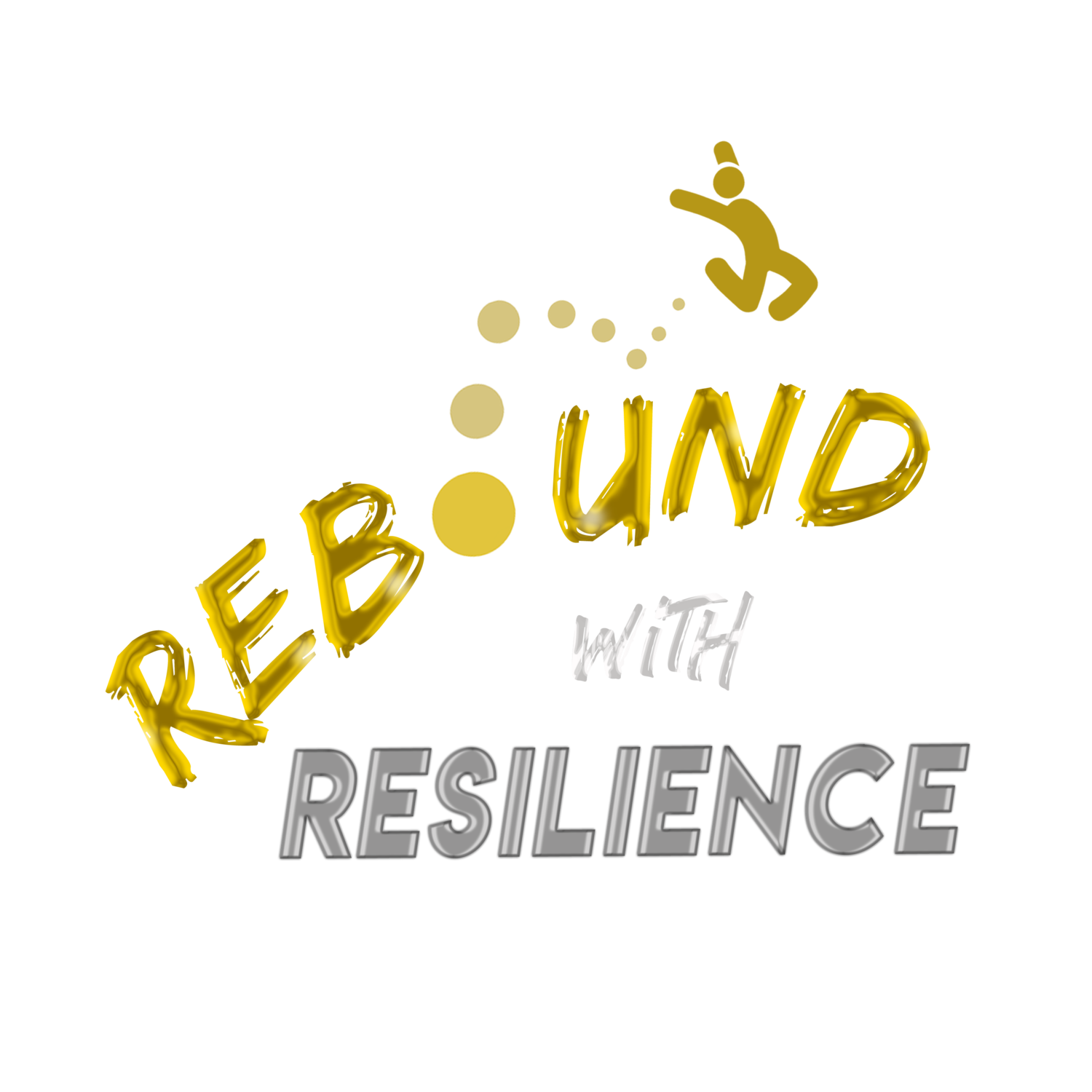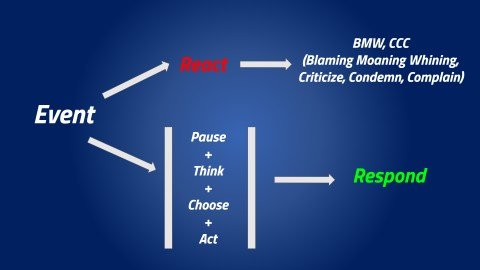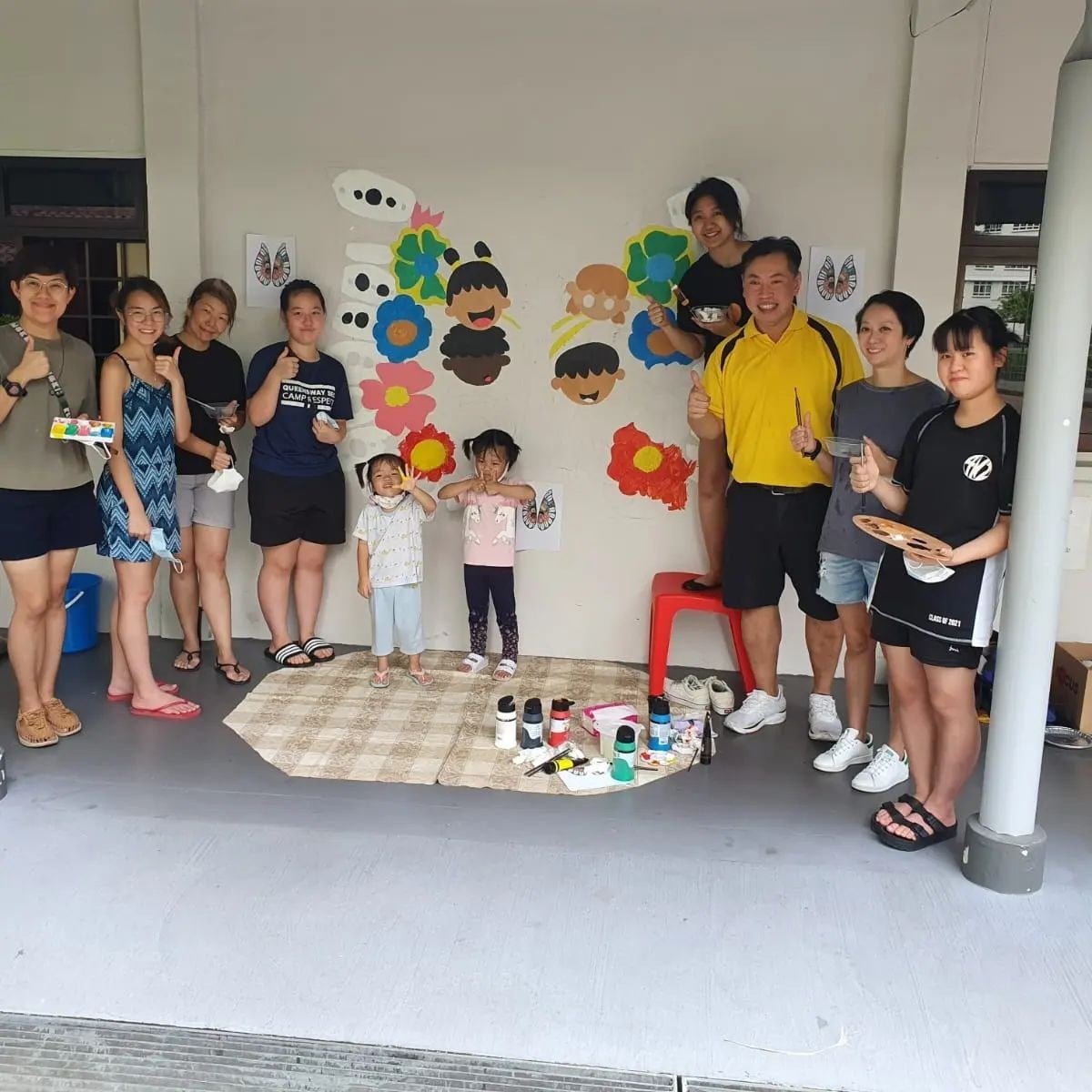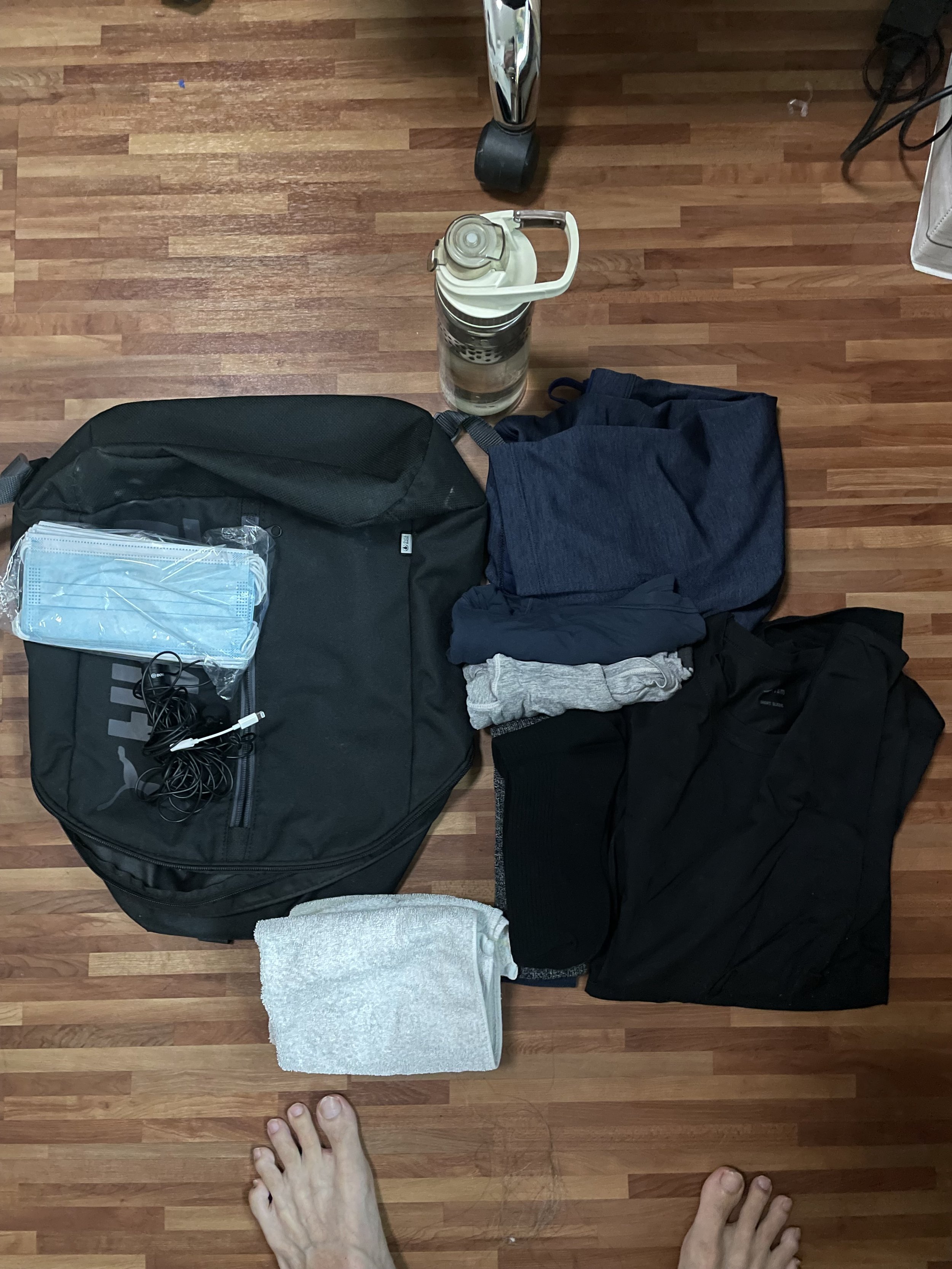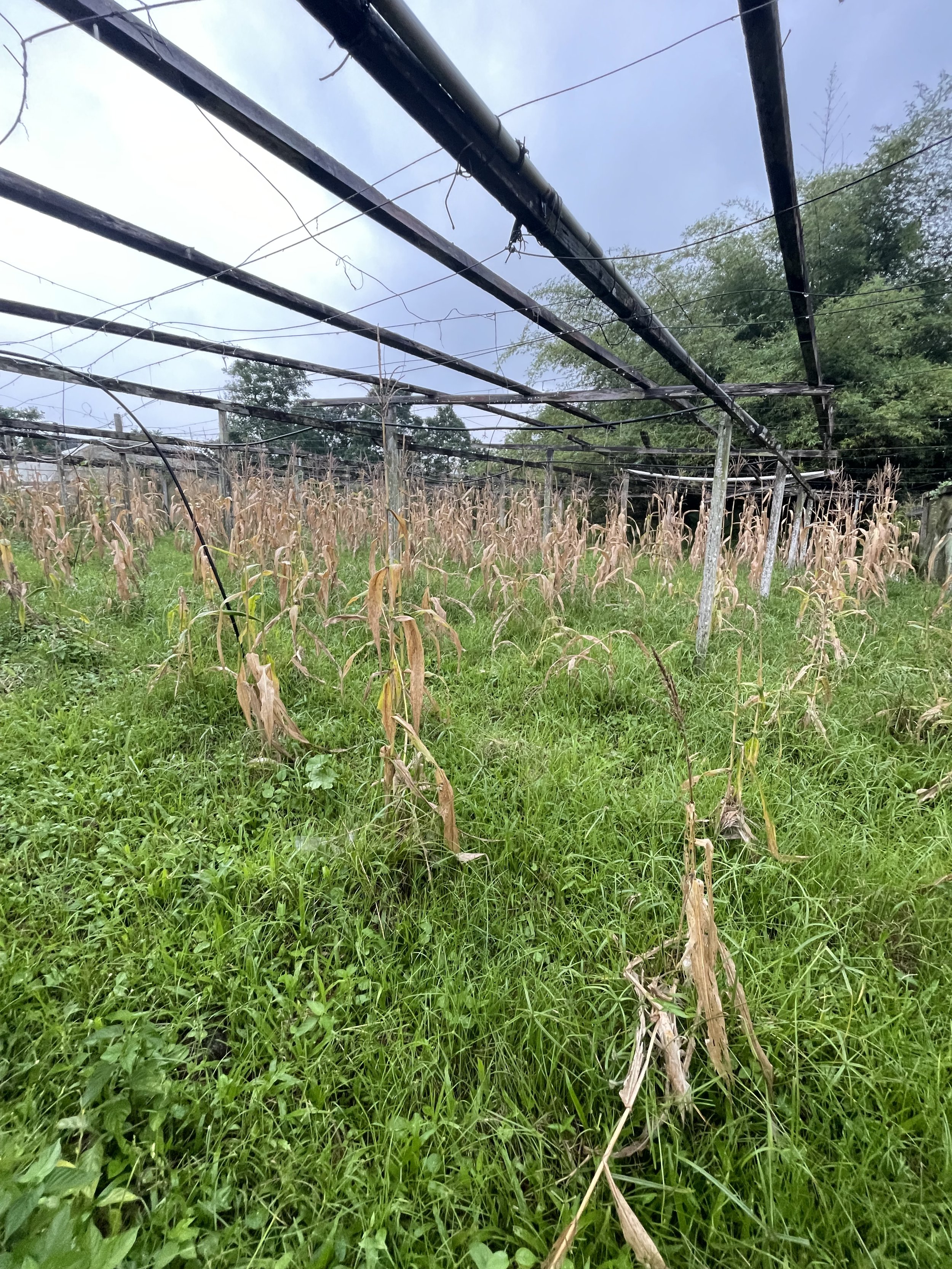Many Communicate, Few Connect
What is connection? And WHY?
“Many communicate, few connect” - John Maxwell.
To communicate is to educate minds, and to connect is to touch hearts.
To connect is to relate or touch someone in a way that increases your influence with them.
As the saying goes: ‘Rules without relationship leads to rebellion’. Similarly, connection comes before correction and coaching
This is why as educators, it is crucial to be able to connect with students on a deeper level.
Yet, in today’s age, kids are complicated haha. Social media and trends may facilitate adoption on ideologies (without full understanding of context) and become bias to authority.
Hence, connection becomes all the more apparent. Here are 5 ways we can connect with students
1.Highlight otherwise unnoticed details, show genuine interest, and illuminate it
I learnt this from an entrepreneur running bars around the world. He was doing a workshop on charisma. Interestingly, he pointed out that charisma doesn’t just stem from being eloquent and suave, it comes from knowing how to instill a sense of delight in others; It doesn’t just come from impressing others, but being impressed by others. How?
He then pointed out that one of the quickest and more effective ways to build connection is to observe otherwise unnoticed details/choices people make, and highlight it to them. In a bar setting, it could be a choice of watch, eyeshadow or certain fashion pieces. Why is this effective? Because people take mental energy and intentional effort in making choices. Those choices are an extension of themselves and their values. As such, by validating and illuminating those choices, you instill a deep sense of delight in them.
Applied to a classroom context, I often notice small choices/behaviours and emphasize them. First, I try to ‘catch students doing good, and not just bad’. This could mean complimenting specific behaviours publicly- like taking initiative in group activities. Secondly, I also illuminate choices privately. For example, Gshock watches are common on students’ wrists. When I notice a student wearing one, I’ll make a point to compliment and ask about it. At the very least, it’s a personal choice they made. At the very most, it’s a precious gift from their parents or bought with their own money their hard work. Beyond this, I speak good about the GShock being one of the hardiest watches in the world –initially conceived by a Japanese watchmaker through a 10-10-10 principle; 10m water resistance, 10 hour battery life and survive a 10m drop. Sharing such information with kids also help them appreciate their item more and ultimately form an instant connection with me.
So do try this technique yourself! Start by being more genuinely interested into otherwise unnoticed details! (Genuine interest is key! Otherwise the other party may see it as flattery and it’ll serve an opposing effect)
2. Acknowledging Gen Z slang and youth speak
Familiarity breeds connection. Though you don’t need to be a master at Gen Z speak, it’s helpful to know some commonly used slang. It shows a genuine interest in your desire to connect. Some examples include ‘No Cap’ to mean ‘not lying’ or ‘Facts’ to emphasize that something is true.
Click here for a more detailed summary of common slang
Asking students to teach you could be one way of connection. After which, using it while teaching or in conversation allows you to relate and connect better!
3. Create a unique experience by going the extra mile
Connection isn’t just forged on quantity, but quality. And a quality interaction is going the extra mile for someone.
A literal example comes form an ultramarathon runner I interviewed. He finished a 10km race on clutches with a 10kg tyre tied to him. I asked him why he did it. At the finish line, he showed me a picture of the audience gathering. They were all cheering him on in awe. He then told me “For those people, this memory will inspire them for as long as they can remember. And the greatest real estate you can own is in the corner of someone’s mind”.
In the same way, going the extra mile creates real estate in students’ minds! This could be just a genuine compliment on students’ outer appearance or inner character, or it could mean writing a note to encourage a student going through a tough time. Whatever form that takes you, be creative with it. An extra tip would be to personalize the experience to that individual.
4. Empathy! Empathy drives connection
Take time to watch the video above. From the video, we know that empathy drives connection. Empathy embodied consists of 3 parts
1. Perspective taking 2. Staying out judgement and 3. Recognizing and Reflecting Emotion.
When listening to students’ concerns, its key to take their perspective cognitively and stay out of judgement, both verbally and non-verbally. Lastly, also affectively (emotionally) recognize and reflect that emotion. For example, after listening, you could say “It sounds like you’re feeling frustrated or (insert emotion you recognize). Before I share anything, I want to say I’m so glad you told me”
I like to visualize empathy as a protective wrapping around two people when they share an intimate conversation. If you hold space and empathize well, that bubble thickens and protects, comforts and empowers. If you don’t, it grows thinner till it pops, and the other party leaves feeling vulnerable, judged and disempowered.
5. Vulnerability
Finally and most importantly, vulnerability.
Studies in interpersonal relationships reveal that the greater the level of personal disclosure, the closer the relationship.
Brene Brown, a researcher that studies vulnerability for decades reveals research that states that those who struggle for vulnerability and connection feel ashamed in some aspects- they feel that they’re not good enough, and hence avoid being vulnerable. Whereas those that connect better simply saw vulnerability as necessary. You can watch/read her full ted talk here.
How do we apply it in classrooms? Essentially, vulnerability breeds vulnerability. Consider using teaching moments to share stories of failure and overcoming, or more personal incidents in your life. When you’re willing to be vulnerable to students, you’re sending a signal that 1. It’s not shameful to share vulnerable parts of yourself and 2. You give students the courage and license to be vulnerable.
In doing so, this facilitates a CULTURE of vulnerability and openness in classes, which facilitates deep connection with students and within students.
Conclusion
Hope these 5 tips serve as practical useful tips to build deeper connections with your students. Lets’ continue to educate the hearts and minds of your next generation!
